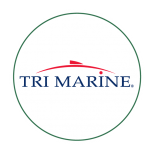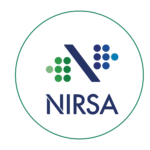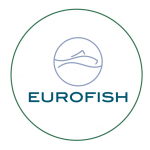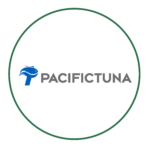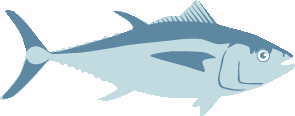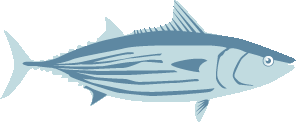Overview
What is a Completed FIP?
Completed FIPs are those that have independent verification that they have achieved their environmental objectives and/or graduated to MSC full assessment or other program assessment. Completed FIPs no longer report on their environmental performance but may choose to voluntarily report on their social performance.
Date of Completion: Mar 2025
Explanation of Completion: All components of this FIP have been MSC certified.
TUNACONS members fishery:
- Yellowfin - MSC certified
- Skipjack - MSC certified
- Bigeye - Started Full Assessment on July2024 (https://fisheries.msc.org/en/fisheries/eastern-pacific-ocean-tropical-tu...@@assessments)
MSC link: https://fisheries.msc.org/en/fisheries/eastern-pacific-ocean-tropical-tu...@@view
This fishery improvement project started due to the Public Certification Report of the "Eastern Pacific Ocean tropical tuna - purse seine (TUNACONS)" fishery.
TUNACONS started as a FIP and is now a Foundation that is in charge of maintaining the certifications obtained in the long term and working on the ones that are needed for all the species of its fishery to be certified:
yellowfin tuna (MSC certified on July 7, 2022), skipjack and bigeye tuna which are the target species of this FIP.
TUNACONS sustainable actions: https://www.youtube.com/watch?
TUNA purse seiners in the Eastern pacific ocean, FAO zone: 77, 81, 87.
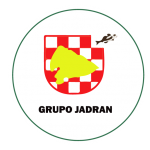
- Reina De La Paz
- Ljubica.
- Juan Pablo II
- Claudia L.
- Domenica L.
- Fiorella L.
- Malula.
- Rossana L.
- Panchito L.
- Yolanda L.
- Cape Breton.
- Cape Cod.
- Cape Elizabeth III.
- Cape Ferrat.
- Cape Finisterre.
- Cape May.
- Ferrigno Boy
- Cape Blanco
- Barbara H.
- Drennec.
- Elizabeth F.
- El Márquez.
- Gabriela A.
- Gloria A.
- María del Mar A.
- Milagros A.
- Milena A.
- Rafa A ..
- Ricky A.
- Roberto A.
- Rosa F.
- Via Simoun.
- María Eulogia
- Rocio – Pesquera Rocio SA
- Doña Roge – Pesquera Doña Roge SA
- Doña Maruja – Pesquera DoñaMaruja SA
- Don Bartolo – Pesquera Don Bartolo SA
- Don Igilio– ELVAYKA.
- Chiara – ELVAYKA.
- Giuletta – ELVAYKA.
- Jo Linda – ELVAYKA.
- Don Antonio – ELVAYKA
- Alina – Transmarina.
- Alessia – ELVAYKA.
- Adriana – Eurofish.
- Miranda – Transmarina.
- Don F. – ELVAYKA.
- Andrea D. – ELVAYKA.
- BP RIA DE ALDAN
- BP BELLE RIVE
- BP BELLE ISLE
- BP BELOUVE
Marbelize S.A. – PESDEL S.A.
- Betty Elizabeth
- Fortica
- Lizi
- Martina C.
- Milenka C.
- Yelisava
GRUPO BUEHS – MANACRIPEX
- SOUTHERN QUEEN
- CAP. TINO B.
- CAP. DANNY B.
- BERNARDITA B.
- EL CONDE
- CAP. BERNY B.
Pacifictuna S.A.
- Antonio H.
- Doña Tula
TUNACONS members fishery:
By the year 2026 we expect to:
- Develop sustainable fish stock guidelines during our certification process;
- Achieve effective management for the fishery; and
- Minimize the environmental impacts of our vessels
FIP at a Glance
| 32% | 68% |
This pie chart represents completed environmental actions. Non-completed environmental actions may contain completed sub-tasks that are not illustrated here. For more information on environmental action progress visit the Actions Progress tab.
- Complete
- Incomplete


